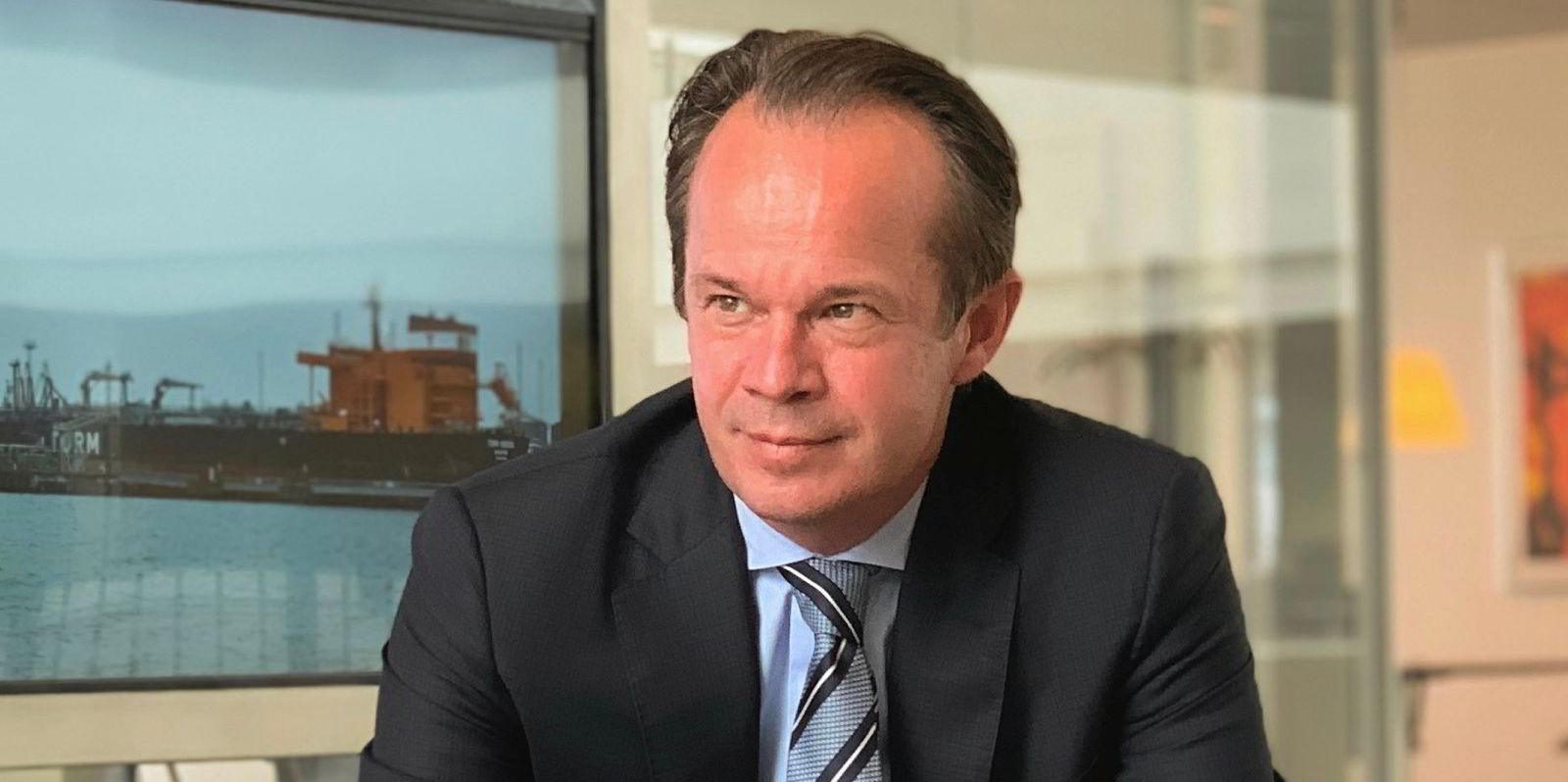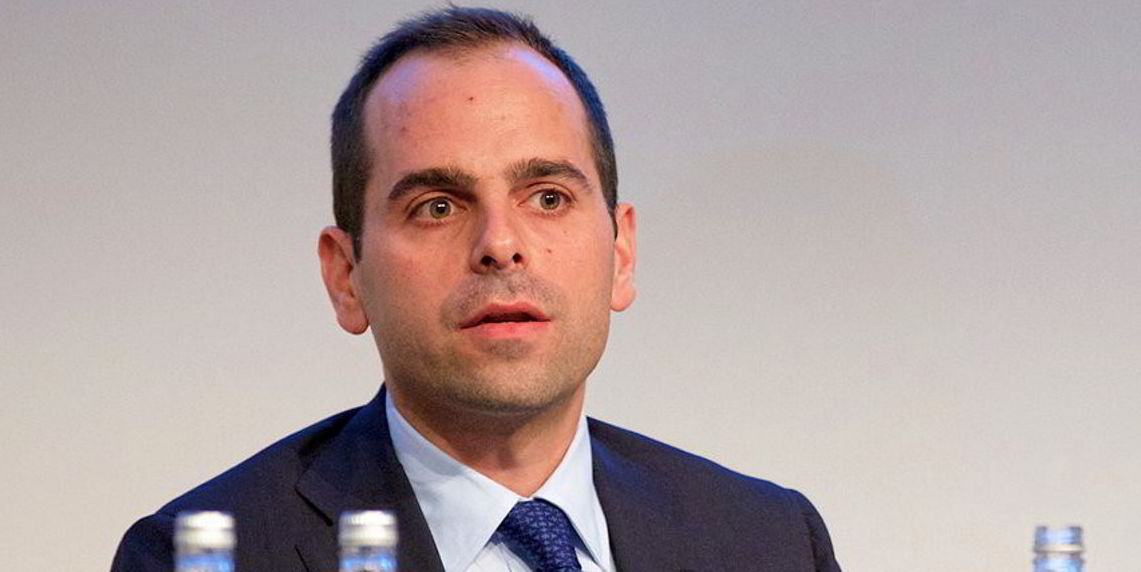From $10,000 one week to eight times that the next, daily product tanker time charter rates have gone through months of extreme volatility. Get used to it, says Jacob Meldgaard, the CEO of Danish tanker firm Torm.
“That will be the norm,” he said.
He attributed the widely swinging rates to an accumulation of factors that has the fleet operating at near maximum capacity.
Supply is being squeezed with tankers travelling further to deliver cargoes because of the Russian sanctions regime. Ballast legs are longer.
The reshuffling of global refining capacity has seen some countries shut down plants, forcing them to rely on shipping more imports.
And the orderbook for new vessels remains at low levels, despite a splurge of recent orders for LR2 tankers. Most will not be ready for delivery until 2026, preparing the ground for several years of strong market conditions.
The cumulative effects mean that even small changes in demand for oils can send rates see-sawing because of the competition for limited tonnage.
“As long as you have this fundamental in the oil markets that we are experiencing now, we will have a strong freight market, albeit with high volatility,” said Meldgaard, who has been CEO of the Danish product tanker specialist since 2010.
“I look back at this first quarter... our average rates came out just north of $40,000 a day. But we had weeks where rates were at $10,000 a day. And we had weeks where rates were at $80,000.
“All actors have to get a little more used to it, at least in this tight market.
“Small changes in underlying demand leads to large changes in the absolute rate — that’s just the nature of where we are in this market.
High volatility
“And I believe that that is what we’re going to continue to see — high volatility in a strong market.”
Torm, one of the world’s largest product tanker companies, reported net profit of $153.6m for the first three months of this year compared with $10.4m for the same period in 2022.
Although slightly down on analyst expectations, the company reported strong bookings for the second quarter to bolster its optimistic outlook for the sector.

Meldgaard pointed to the other key factor in strong rates from the changing picture of refining capacity with refinery closures in Europe, Australia and the US, all key importers of oil products.
New capacity is coming on stream in the Middle East and China, and tanker owners are expected to reap the benefits.
Torm expects to have 88 vessels by the end of the second quarter of 2023 after announcing in January it had bought seven LR1 tankers, all built between 2011 and 2013, in deals worth $233m. It also bought three MR tankers in March, which are due to be delivered by the end of the month.
Meldgaard said the company was unlikely to follow the lead of other tanker owners by going for conventionally fuelled newbuildings because of elevated prices and long delivery times.
“In a historical perspective, we are operating in the high end of the cycle. I think shipping will continue to be cyclical, and we have no ambitions to contract conventional product tanker ships at this time,” he said.
“I see that the prices of new builds and delivery lead time simply makes for a bad value proposition and a bad risk-reward when I evaluate it.”





